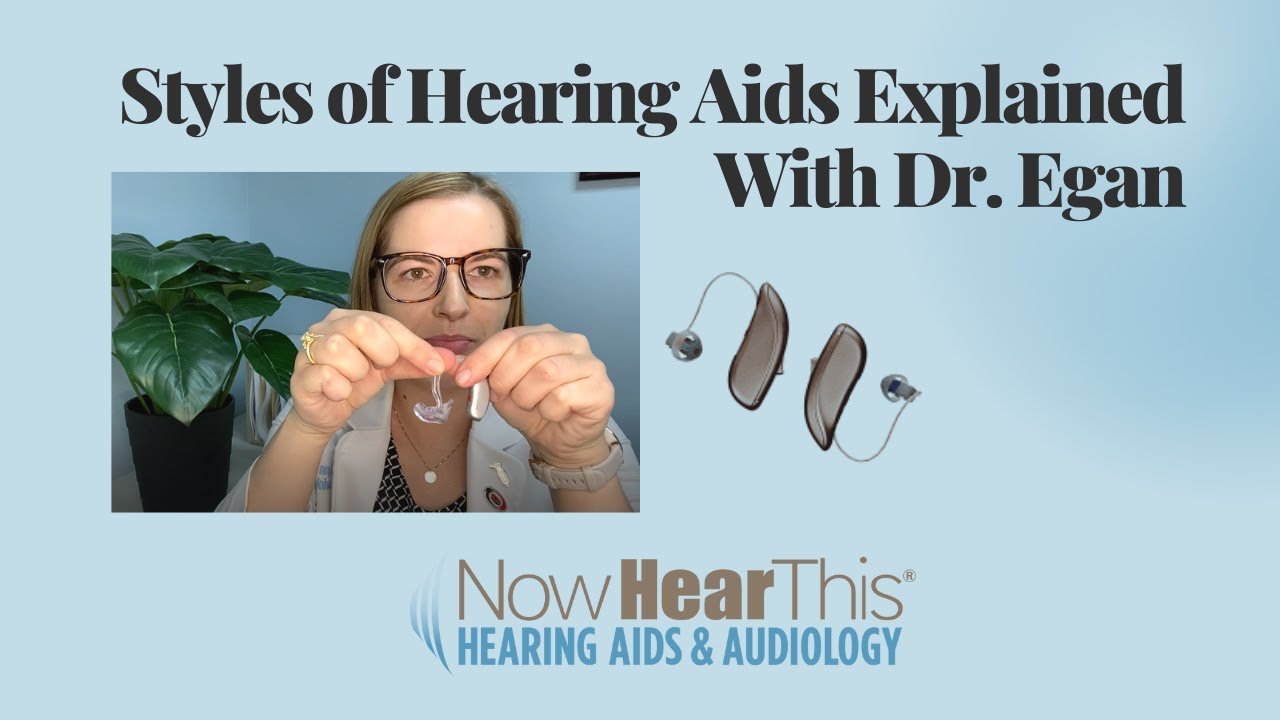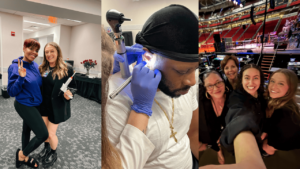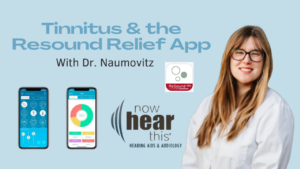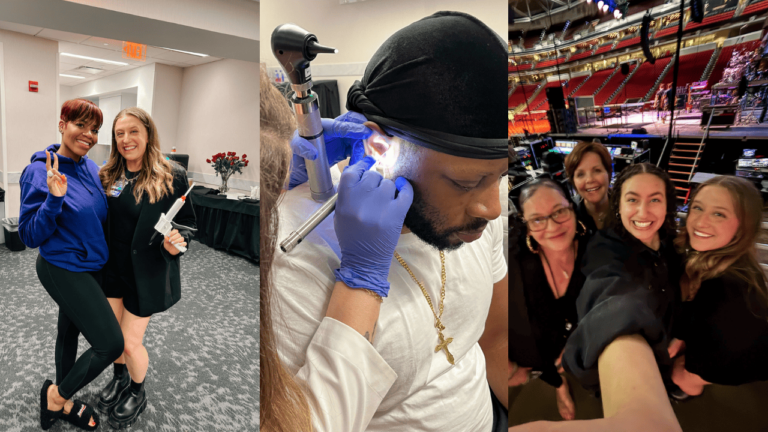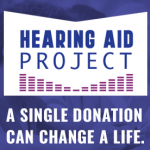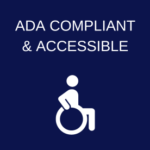Hi, I’m Dr. Egan at Now Hear This®, and today I’d like to talk to you about the different kinds of hearing aids and why people end up with different hearing aid styles.
The styles of hearing aids come in many different options. There are ones that go behind the ear like this, ones that go in the ear in different sizes and colors, and really big ones that go behind the ear.
The two main factors that determine which style you end up with are the degree and configuration of your hearing loss—how much hearing loss you have and in what pitches—and your lifestyle needs. How important is the visibility of the hearing aid? Do you have dexterity concerns? Is it crucial that the hearing aid stays secure during physical exercise? As I go through these hearing aid styles, I’ll give examples of why one might be a good fit for someone and why another might not.
The Most Common Hearing Aid Style: RIC
The most popular style is the behind-the-ear style, also called a RIC (Receiver-in-the-Canal). The body of the hearing aid sits behind the ear, while a small rubber tip goes inside the ear.
This is the most commonly used hearing aid because it fits a wide range of hearing loss types and degrees. Since the main components are housed behind the ear, it allows for more advanced features, such as Bluetooth streaming and directional microphones, which help with day-to-day hearing needs. That’s why the RIC is the most frequently used hearing aid style.
In-the-Ear (ITE) Hearing Aids
Another popular style is the in-the-ear (ITE) hearing aid, and these come in different sizes.
This small ITE hearing aid is a great option for some people, depending on their hearing loss configuration. If someone has enough hearing loss in the low pitches, this style can be a better fit. However, if someone has good low-pitch hearing, they may not like the sound quality of an in-the-ear hearing aid.
ITE hearing aids also come with different feature options. This tiny model does not support Bluetooth, so if you’re someone who spends a lot of time on the phone for work calls, this might not be the best choice for you. However, I once had a helicopter pilot who needed a tiny hearing aid to fit under his headset—this was a great solution for him.
That’s where the expertise of the audiologist comes in—helping to find the perfect match between the patient’s needs and their hearing loss.
Rechargeable & Larger In-the-Ear Models
There are also larger in-the-ear hearing aids, like this one. The benefit of this model is that it is rechargeable, which is an important factor for many users.
For some people, being able to change tiny disposable batteries is difficult due to dexterity concerns. So, when choosing a hearing aid, we consider whether someone needs a rechargeable option or if they’re comfortable handling small batteries.
This larger in-the-ear hearing aid is most commonly used for severe hearing loss and for people who struggle with dexterity issues. Since it has more surface area, it is easier for users to push in and secure properly in the ear.
Behind-the-Ear (BTE) Hearing Aids for Severe to Profound Loss
Finally, we have the BTE (Behind-the-Ear) hearing aid, which is larger and usually comes with a custom earmold.
This style is primarily used for severe to profound hearing loss because it provides extra power to deliver sound into the ear canal. The custom earmold helps trap as much sound as possible in the ear.
Although BTE hearing aids are less common in our clinic, they are a great solution for people with significant hearing loss, and we have many successful patients using them.
Finding the Right Fit
I hope you learned a little bit about the different styles of hearing aids and why one type might be better than another for certain individuals.
At the end of the day, no two snowflakes are alike, and that’s the approach we take at our clinic. Our goal is to find the perfect match for each patient based on their hearing loss, lifestyle, and personal preferences.
If you have any questions, feel free to reach out—we’d love to help! Have a wonderful day!

